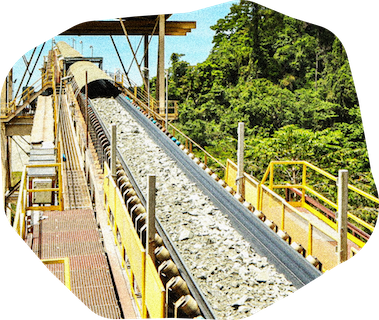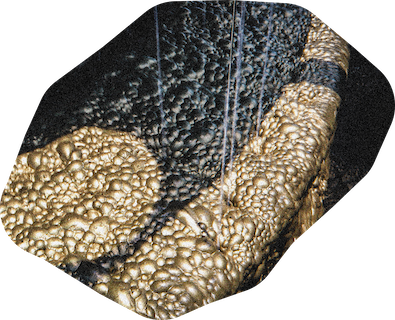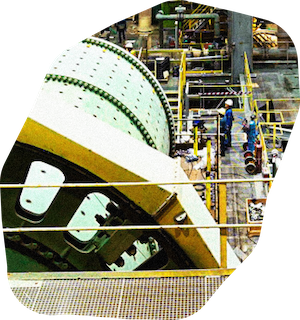Ore Processing

Comminution

Flotation

In its operational activities, AMNT emphasizes mineral conservation through the responsible management and utilization of mineral resources in a measurable, efficient, and sustainable manner.
AMNT prioritizes the principle of mineral conservation by striving to achieve optimal mineral recovery from ore, thereby maximizing resource utilization and minimizing the generation of waste, known as tailings. This approach significantly reduces the environmental impact of our operations.



AMNT's mineral processing operations prioritize the use of environmentally safe methods that avoid toxic or harmful chemicals. Consequently, the tailings deposited in the deep sea consist of finely crushed rocks, resembling natural formations found in nature. Through ongoing efforts to conserve minerals, AMNT has successfully reduced the mineral content in tailings, leading to cleaner tailings deposition practices.
Located near the coast of West Sumbawa Regency, the Batu Hijau mine utilizes a deep sea tailings placement (DSTP) system. Tailings are transported via a pipeline to a depth of 125 meters below sea level and then released into the Senunu deep sea canyon, reaching depths of up to three kilometers.
Various independent and reputable educational and research institutions have conducted periodic studies on the DSTP since its inception. These studies consistently report no adverse environmental impacts beyond estimated and permitted zones. Additionally, the government conducts regular monitoring at regional and national levels. AMNT upholds sound mining principles to ensure that tailings quality parameters consistently meet government standards.